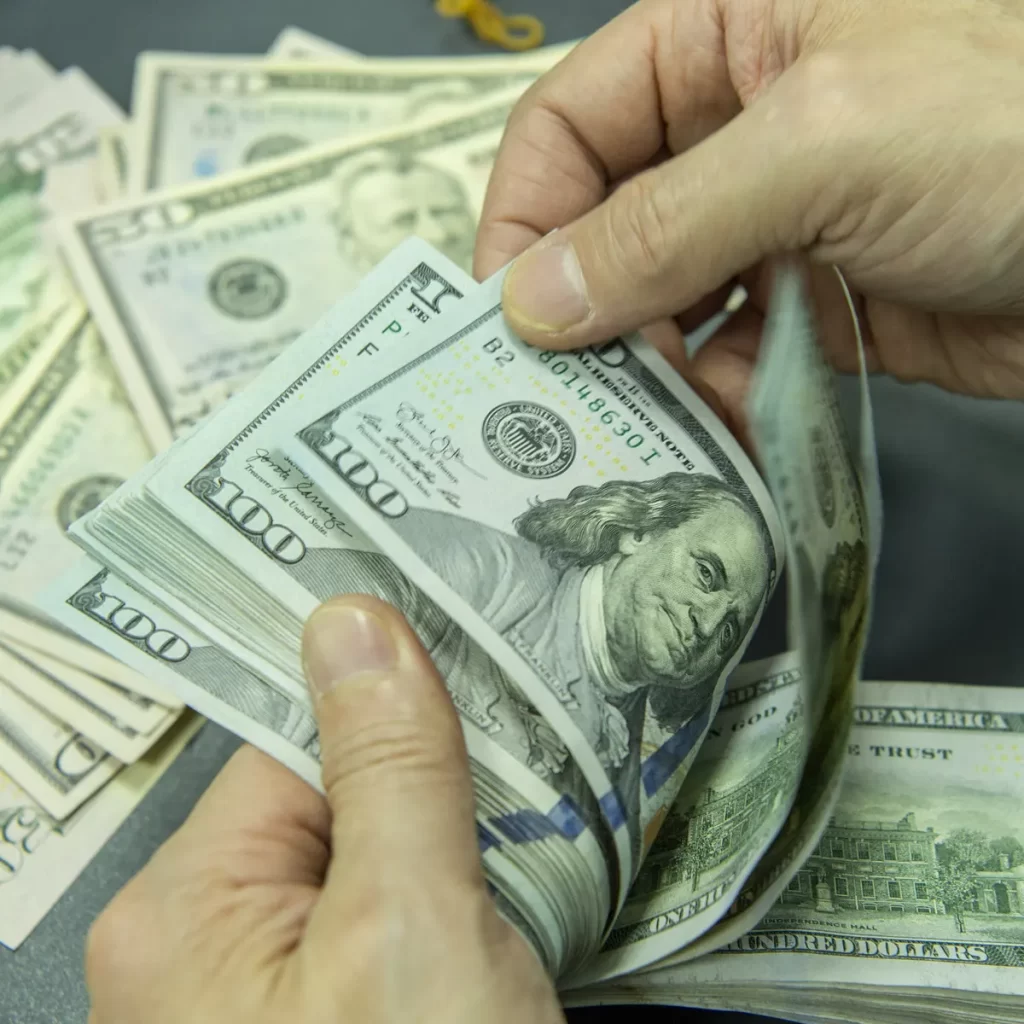Despite the usual end-of-year softening, the strength of the dollar, bolstered by US macro outperformance and a hawkish stance from the Federal Reserve, is predicted to continue. The dollar has remained unaffected by a sell-off in Treasuries and increases in long-end curve rates. High US rates and an unorganized rise in US yields are viewed as factors that could further reinforce the dollar.
Factors that might lead to a weaker dollar include softer US macro data, a slowdown in the US economy, or a recession in the eurozone. However, these potential weaknesses are not expected to result from re-ratings of Chinese or European growth prospects. High US rates could potentially disrupt the financial sector, which would initially boost the dollar due to tighter dollar funding conditions.
Looking forward to 2024, the short end of the US curve is anticipated to dip ahead of Federal Reserve easing, which could potentially weaken the dollar. It’s worth noting that past Federal Reserve rate cuts did not lead to a rise in EUR/USD. Nevertheless, forecasts project EUR/USD reaching 1.10 next summer and 1.15 by the end of 2024.



